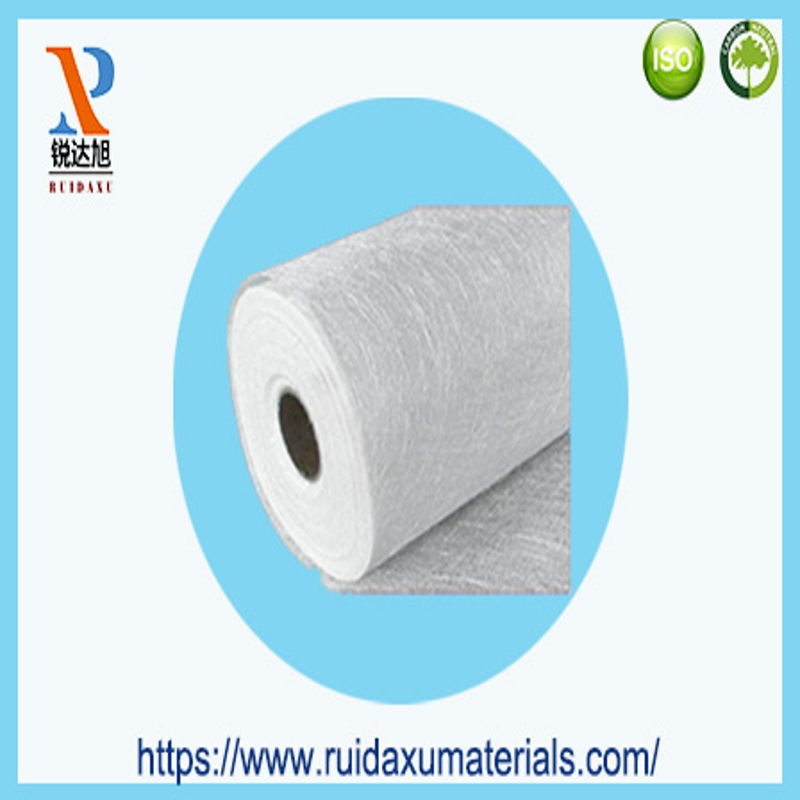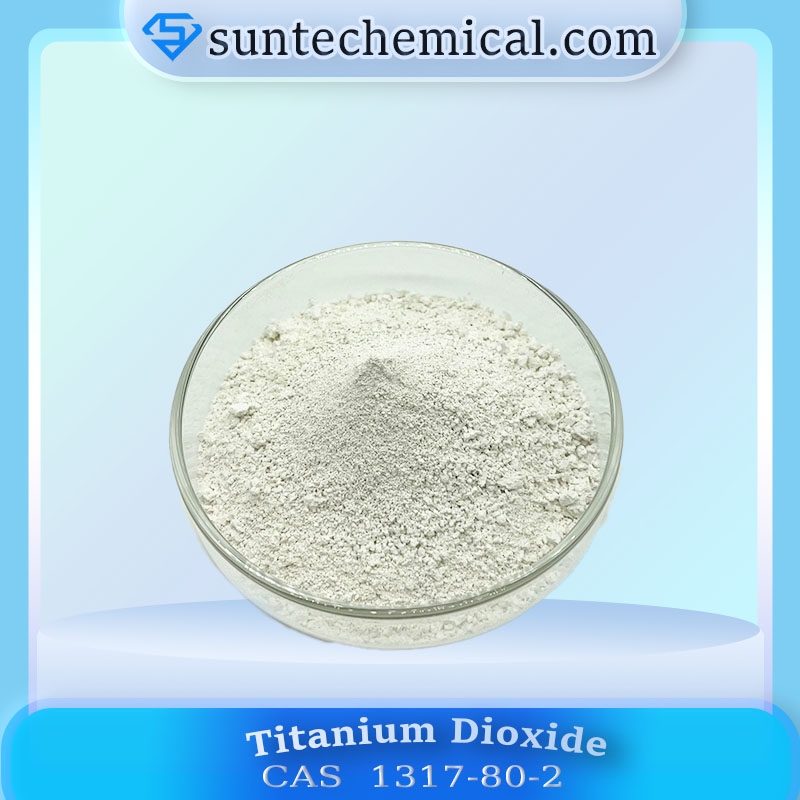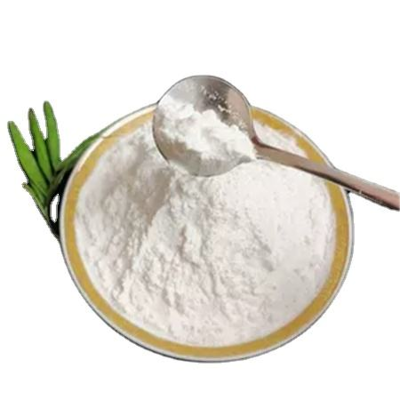-
Categories
-
Pharmaceutical Intermediates
-
Active Pharmaceutical Ingredients
-
Food Additives
- Industrial Coatings
- Agrochemicals
- Dyes and Pigments
- Surfactant
- Flavors and Fragrances
- Chemical Reagents
- Catalyst and Auxiliary
- Natural Products
- Inorganic Chemistry
-
Organic Chemistry
-
Biochemical Engineering
- Analytical Chemistry
-
Cosmetic Ingredient
- Water Treatment Chemical
-
Pharmaceutical Intermediates
Promotion
ECHEMI Mall
Wholesale
Weekly Price
Exhibition
News
-
Trade Service
As far as the development of VAE emulsion in China is concerned, it is not very familiar.
Only some first-line paint brands will use it.
However, with the production capacity upgrade and environmental protection policies in recent years, VAE emulsion has gradually entered everyone's field of vision.
So, what are the performance characteristics of VAE emulsion?
What role can it play in which architectural coatings?
And, what development trend will there be in the future?
1.
Introduction of VAE emulsion
Vinyl Acetate and Ethlyene copolymer emulsion.
Generally, the copolymer contains 0-30% vinyl groups.
In the past, only polyvinyl acetate emulsions had poor water resistance and flexibility.
At the same time, they had poor adhesion to non-polar materials such as polyethylene and polyvinyl chloride.
It can be used in woodworking glue, paper packaging glue, architectural coatings, mortar modification such as waterproofing, and even plastic film compounding.
Examples: Jigsaw glue (adhesive strength), skin glue (non-polar material), JS waterproof (flexible), exterior wall paint (water resistance), etc.
, are all improved properties brought about by the introduction of ethylene.
Second, the advantages and disadvantages of VAE emulsion in the application of architectural coatings
Advantage analysis
Low VOC low VOC latex paint using VAE emulsion can provide high-quality indoor environment, excellent construction performance and good color development.
In Europe, more than 90% of zero/low VOC interior wall coatings use VAE emulsions.
The main binding material used in cigarette glue is VAE emulsion.
Compared with acrylic emulsions, vinyl acetate emulsion raw materials contain less benzene series and aromatic hydrocarbons.
At the same time, there is no need to add film-forming additives.
Acrylic emulsions cannot take into account both film-forming properties and scrub resistance.
Therefore, to ensure a high Tg value, a film-forming aid must be added.
Vinyl acetate
It can be softened by water without the need for film-forming aids.
Weather resistance
Since it does not contain styrene monomer, it has excellent weather resistance and yellowing resistance.
Cost advantage
There is a certain advantage in price.
VAE emulsion raw materials: ethylene 8000, vinyl acetate 8500.
Styrene acrylic emulsion price: styrene 11000, acrylic acid 8000, methyl methacrylate 22000, butyl acrylate 10500, isooctyl acrylate 12000.
Adhesion to wall surfaces
Vinyl acetate is a polar ester monomer, which has good adhesion to cement and inorganic wall surfaces.
Disadvantage analysis
VAE emulsion is generally a PVA emulsifier system, which is a water-soluble substance, and vinyl acetate is a polar monomer with good affinity with water, so it has poor water resistance.
Particle size and gloss, pigment and filler carrying capacity
The particle size of VAE emulsion is generally 0.
5-3um, while that of acrylic emulsion is 0.
Alkali resistance:
3.
The non-PVA emulsifier system
The copolymerization system
Copolymerization of self-crosslinking monomers, such as methylol acrylamide, acrylic acid and other monomers that can undergo crosslinking reaction.







